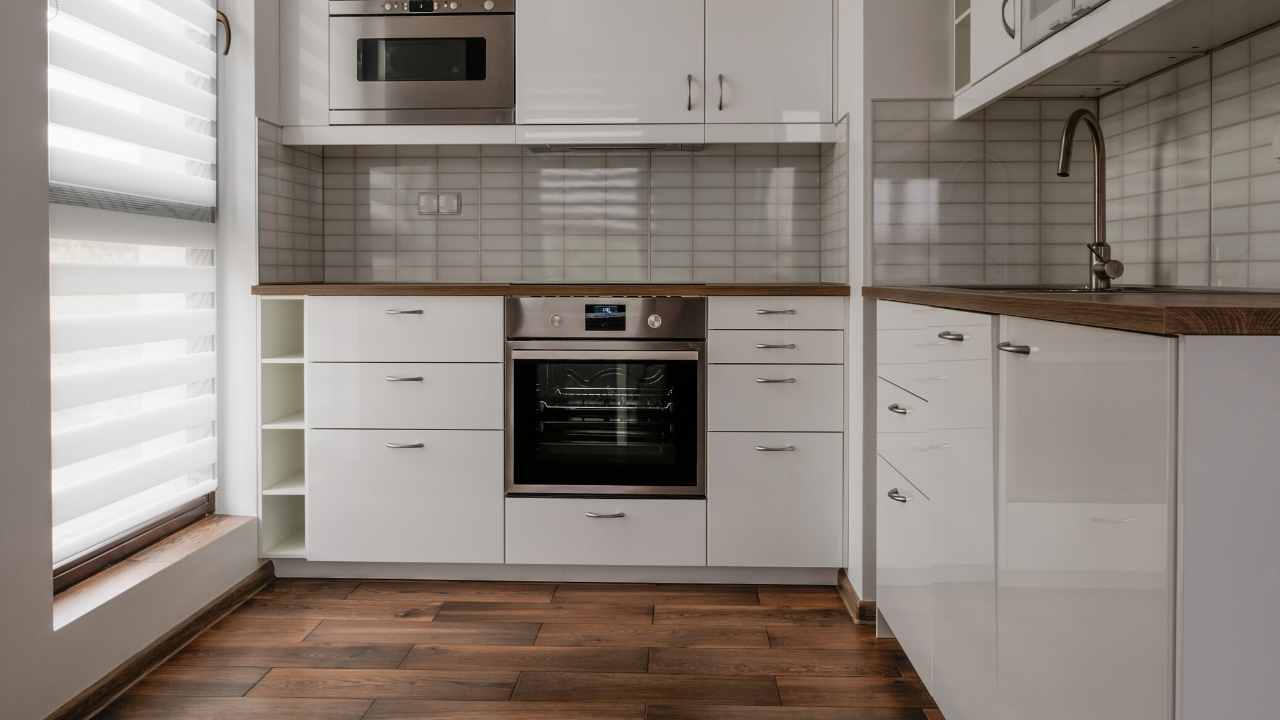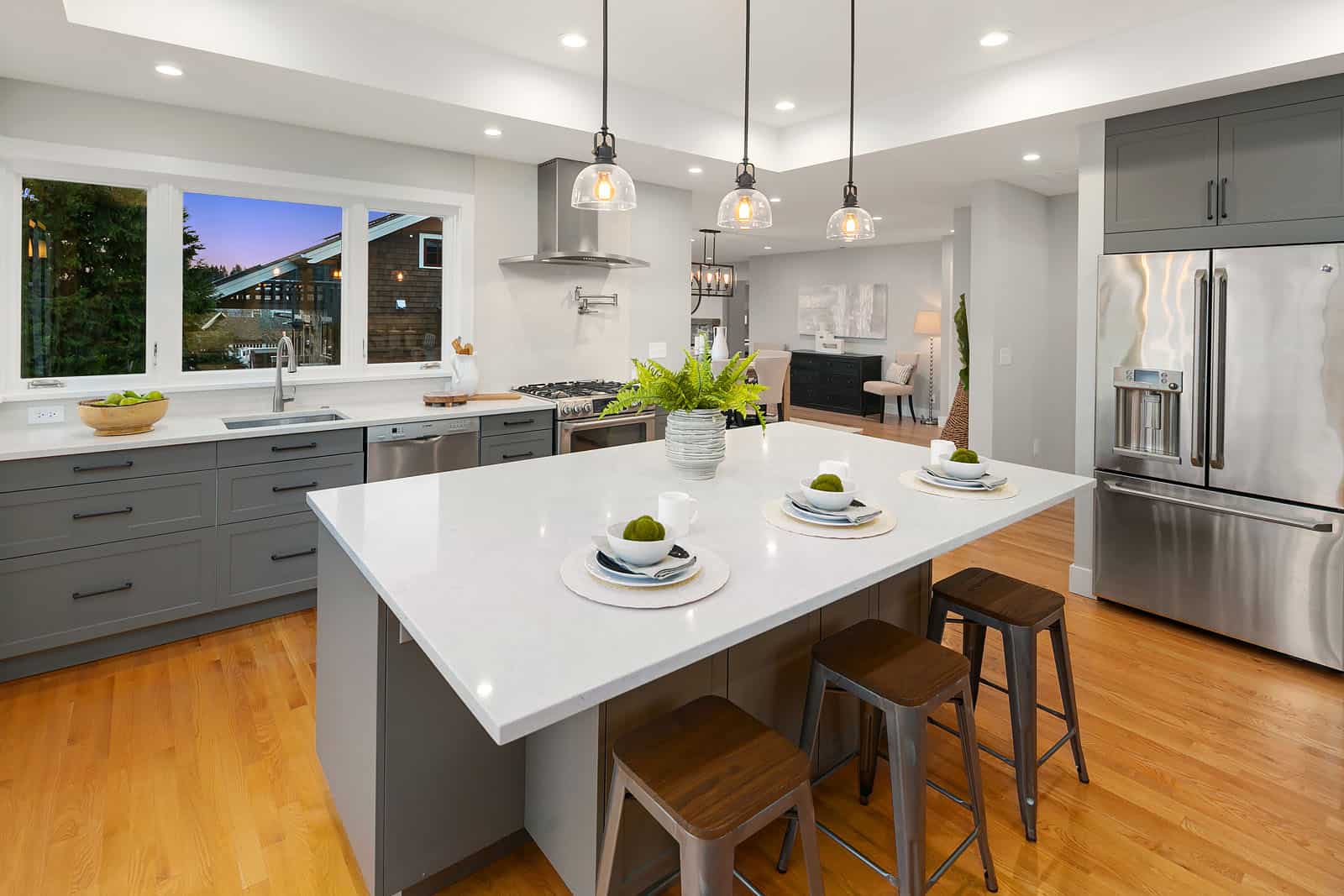
The first thing you need to do is turn off the power supply. You can do this by turning off the switch on the wall, or by removing the insert or cover on the existing light fixture. If the existing light has a voltage tester, you can check the current in the circuit to see if the wires are connected. Feed the new wire back into the old fixture. This is a fairly simple step, but it's important not to rush. In this way, the whole system can be damaged or go sour.
Once you've located a spot to install the motion sensors, the next step will be to connect it with an existing light. You'll need an electrical box in the wall and a wire from the sensor to the light fixture. You will also require a wire coming from the light fixture, and a neutral cable from the house. Adjust the sensitivity of your motion detector to the desired level. Once you have adjusted its sensitivity, turn it on or off.

Once you've determined the right voltage and current, it is possible to install the motion sensors to an existing light. The type of fixture you have and the wattage that the sensor require will affect the wiring. Make sure that you weatherproof the wires and cords before installing the sensor. This will help you avoid an electric accident which can be dangerous.
Once you have identified the wires that will be used to connect the sensor to the wall, you can remove the switch from the wall. Before installing the sensor in your home, you might need trace the wires. You might also need the location of the grounding cable for the light fixture. Take a voltage detector along to confirm that they are connected properly.
You will need to ensure that the old fixture is properly wired before you replace it with a newer one. There are some fixtures that don't have a motion sensor. The wiring will be important if you want to install a new sensor. Installing a new motion sensor requires that you adhere to the manufacturer’s instructions.

Once you've chosen the right motion sensor for you, you will need to install it. The manufacturer will provide instructions, or you can refer to the instructions in your manual. To replace an outdoor light, first remove the bulb from the fixture and then the insert. Once you've completed this, you can wire your new fixture. A motion sensor adds security to your home and is affordable.
FAQ
How long does it take for a home to be renovated?
It depends on the size of the project and the amount of time that you spend each day. The average homeowner works on the project for three to six hour a week.
Can I rent a dumpster?
A dumpster can be rented to dispose of your debris after you have completed your home renovation. Renting a dumpster to dispose of your trash is a great option.
How do I select a competent contractor?
Ask your family and friends for recommendations when choosing a contractor. Online reviews are also a good option. It is important to confirm that the contractor that you choose has worked in the same area as you. Refer to previous clients and verify their references.
What is the cost of renovating a house?
Renovations are usually between $5,000 and $50,000. Renovations can cost homeowners anywhere from $10,000 to $20,000
Statistics
- According to the National Association of the Remodeling Industry's 2019 remodeling impact report , realtors estimate that homeowners can recover 59% of the cost of a complete kitchen renovation if they sell their home. (bhg.com)
- ‘The potential added value of a loft conversion, which could create an extra bedroom and ensuite, could be as much as 20 per cent and 15 per cent for a garage conversion.' (realhomes.com)
- Rather, allot 10% to 15% for a contingency fund to pay for unexpected construction issues. (kiplinger.com)
- A final payment of, say, 5% to 10% will be due when the space is livable and usable (your contract probably will say "substantial completion"). (kiplinger.com)
- It is advisable, however, to have a contingency of 10–20 per cent to allow for the unexpected expenses that can arise when renovating older homes. (realhomes.com)
External Links
How To
How do I plan a whole-house remodel?
Planning a whole house remodel requires careful planning and research. Before you start your project, there are many factors to consider. First, you must decide what type of home improvement you want. There are many categories that you could choose from: kitchen, bathroom or bedroom; living room or dining room. Once you have decided which category you wish to work in, you will need to determine how much money you have to spend on your project. If you don't have experience with working on houses, it's best to budget at minimum $5,000 per room. You might be able get away with less if you have previous experience.
Once you have figured out how much money you can afford to spend, you'll have to determine how big of a job you want to tackle. For example, if you only have enough money for a small kitchen remodel, you won't be able to add a new flooring surface, install a new countertop, or even paint the walls. On the other side, if your budget allows for a full renovation of your kitchen, you'll be able do just about any task.
Next, find a contractor that specializes in the project you are interested in. You'll get high-quality results and save yourself lots of headaches down the line. Once you have hired a contractor, gather materials and other supplies. You might need to make everything from scratch depending upon the size of your project. There are many stores that offer pre-made products so it shouldn't be difficult to find what you need.
Once you've gathered the supplies needed, it's now time to start planning. Begin by sketching out a rough plan of where furniture and appliances will be placed. The next step is to design the layout of the rooms. Remember to leave enough space for outlets and plumbing. You should also place the most frequently used areas closest to the front door, so visitors have easy access. The final step in your design is to choose colors and finishes. In order to avoid spending too much money, stick to neutral tones and simple designs.
Now that you're finished drawing up your plan, it's finally time to start building! Before you begin construction, it's important to check your local codes. Some cities require permits. Other cities allow homeowners without permits. Before you can begin construction, remove any walls and floors. Next, you'll lay down plywood sheets to protect your new flooring surfaces. You will then attach or nail pieces of wood together to make the cabinet frame. You will attach doors or windows to the frame.
When you're done, you'll still have a few finishing touches to do. You'll likely want to cover any exposed wires and pipes. Plastic sheeting and tape are used to cover exposed wires. Mirrors and pictures can also be hung. Keep your work area tidy and clean at all times.
If you follow these steps, you'll end up with a beautiful, functional home that looks great and saves you lots of money. Now that you have a basic understanding of how to plan a house remodel, it's time to get started.